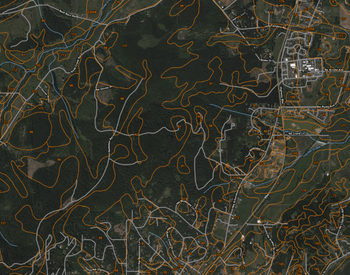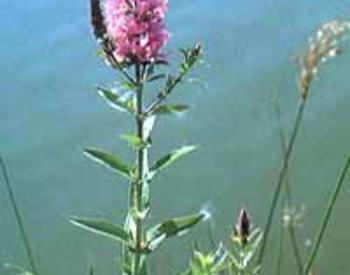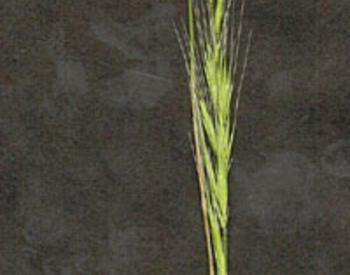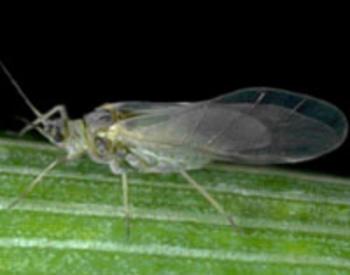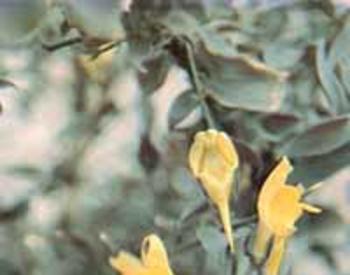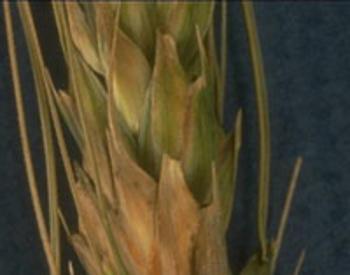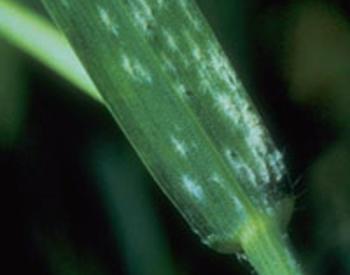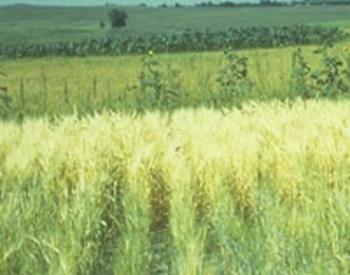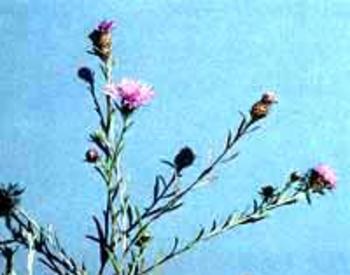Hosts
Spring and winter wheat, turfgrasses, and barley. Rye oats, and some triticale are resistant to take-all.
Symptoms
Plants are stunted, mature early, and have white, empty heads. Some tillers may not head. Plants may turn gray as a result of secondary fungal infection. Plants pull up easily or break off at the soil line. In severely-infected plants, the stem near the soil level becomes coal-black under the leaf sheaths. Individual root may develop light to dark brown or black lesions and may have necrotic tips. In advanced stages, roots may turn coal black in color and are black on their interior when scraped.
Look-alike Symptoms
Common root rot, fusarium root rot, nitrogen deficiency.
Cultural Controls
- High moisture can increase take-all severity. Later seeding dates of winter wheat an decrease take-all severity.
- Plowing under residue and a firm seedbed can reduce take-all severity.
- Take-all severity is increased by a deficiency in any of the major nutrients.
- Maintaining a good level of nitrogen can decrease damage.
- Chloride fertilizer can decrease take-all severity while fertilizing with manure will increase severity.
- Some crop rotations, such as alfalfa, increase severity in wheat while other rotations, such as oats and lupine, decrease the disease.

